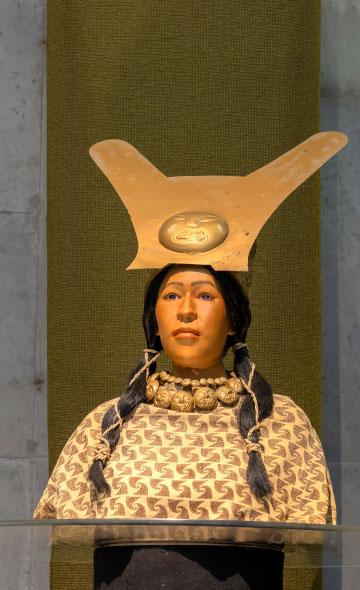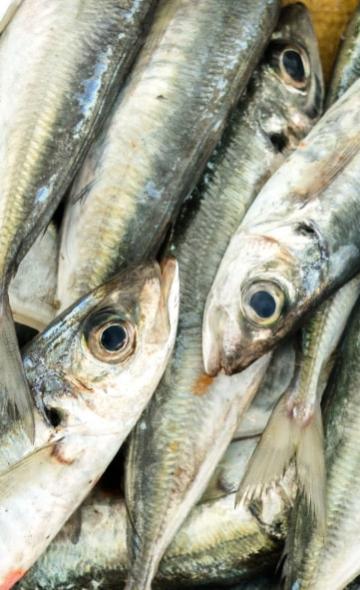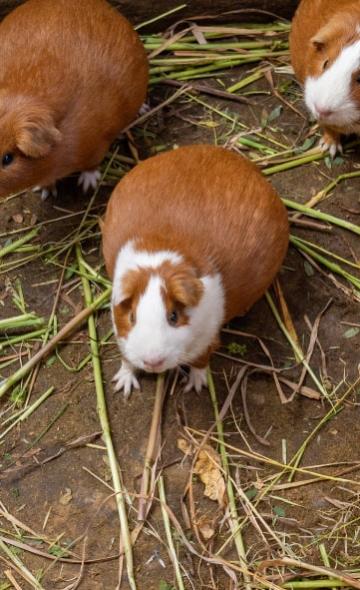- Visitors
- Researchers
- Students
- Community
- Information for the tourist
- Hours and fees
- How to get?
- Virtual tours
- Classic route
- Mystical route
- Specialized route
- Site museum
- Know the town
- Cultural Spaces
- Cao Museum
- Huaca Cao Viejo
- Huaca Prieta
- Huaca Cortada
- Ceremonial Well
- Walls
- Play at home
- Puzzle
- Trivia
- Memorize
- Crosswords
- Alphabet soup
- Crafts
- Pac-Man Moche
- Workshops and Inventory
- Micro-workshops
- Collections inventory
- News
- Students
- What is an anaco, a garment found in the funerary bundle of the Lady of Cao and in the Lambayeque funerary bundles?
News
CategoriesSelect the category you want to see:
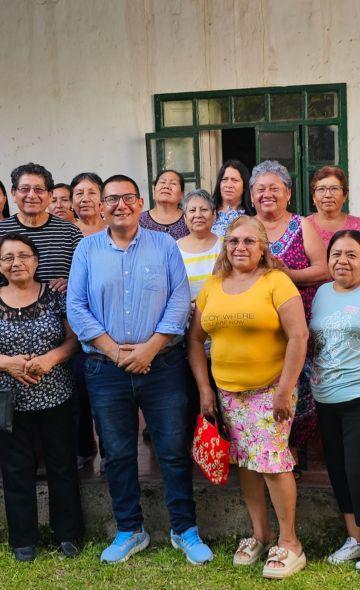
Inauguration of the 2025 Tourism Panel Discussions in Magdalena de Cao ...
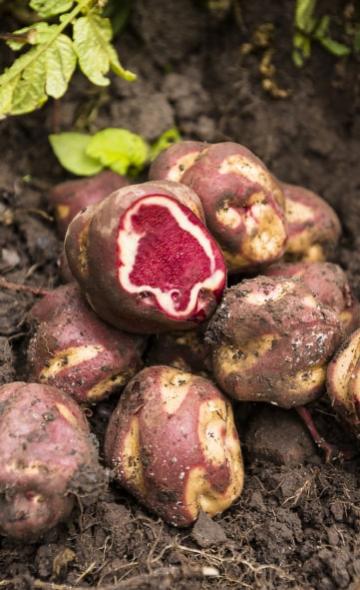
Learn about the nutritional value of the Andean potato and its properties ...
To receive new news.
Por: Complejo arqueológico El Brujo
The discovery of the Lady of Cao, a character of great importance in the Mochica culture, brought with it the revelation of various textile elements, including the anacos, significant garments in funerary contexts linked to daily life in ancient Peru. This article will explore the significance of the anaco, its manufacturing technique and its finding in the funerary trousseau of the Lady of Cao.
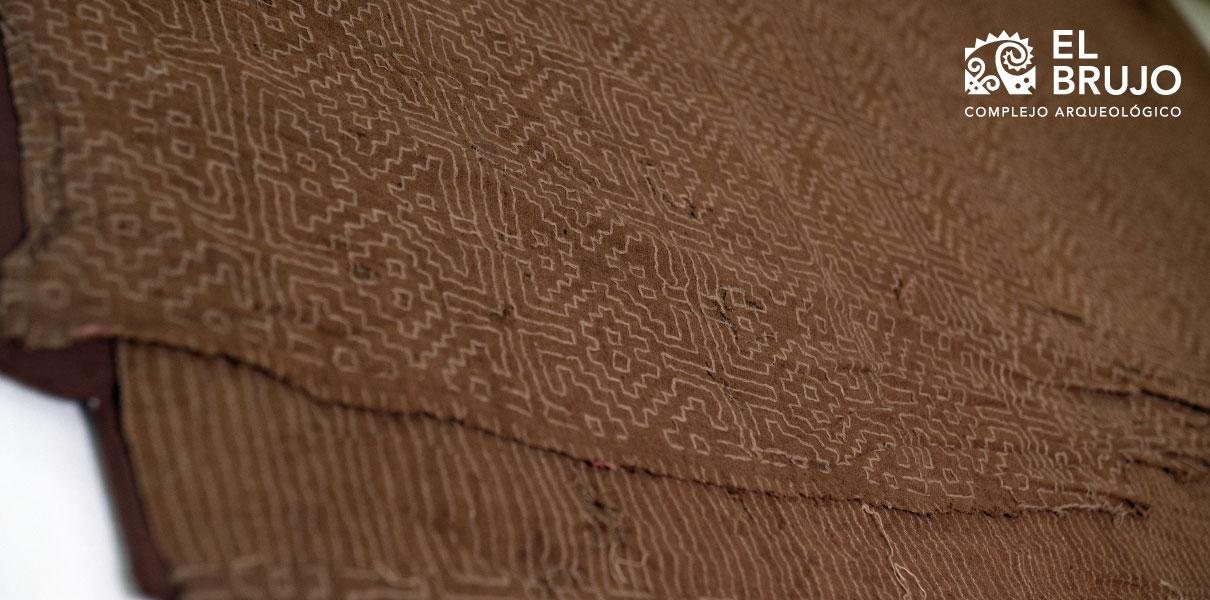
What is an anaco?
The anaco is an exclusively female textile garment worn by the human groups of the pre-Hispanic Andes. It is a long and enveloping dress, usually in one piece. Its design could vary in decorations and colors, depending on the region and the social status of the wearer.
In the case of the Lady of Cao, one of the anacos found in her funerary bundle is brown, with decorations of aquatic animals, specifically Peruvian catfish. This thematic, recurrent in the Moche textile art, is linked to the economic importance of these beings and their incorporation into Mochica ideological discourses.
Materiality and manufacturing technique of the Mochica anaco
Unlike what it might seem at first glance, the anaco of the Lady of Cao was not made by embroidering, as the technique used was the one known as floating wefts and warps. This method implies incorporating the decoration directly during the structuring of the garment, thus allowing the designs to be an integral part of the textile from its creation.
This type of fabric reflects a high degree of technical specialization and is a sample of the textile mastery that characterized the pre-Hispanic civilizations of the northern coast of Peru.
Colors in Lambayeque times (twelfth century A.D.)
Most of the fabrics in the funerary bundles are made of cotton fiber, a material widely used in the Mochica culture. In the Lambayeque funerary contexts (twelfth century A.D.). of the El Brujo archaeological complex, the textiles have shades of beige and brown, with decorations in blue. The latter color appears recurrently in the textiles of the central and northern coast, suggesting a new technological development in obtaining the color blue and the different dyeing techniques, which became popular on the pre-Hispanic coast at that time.
Funerary context and cultural significance
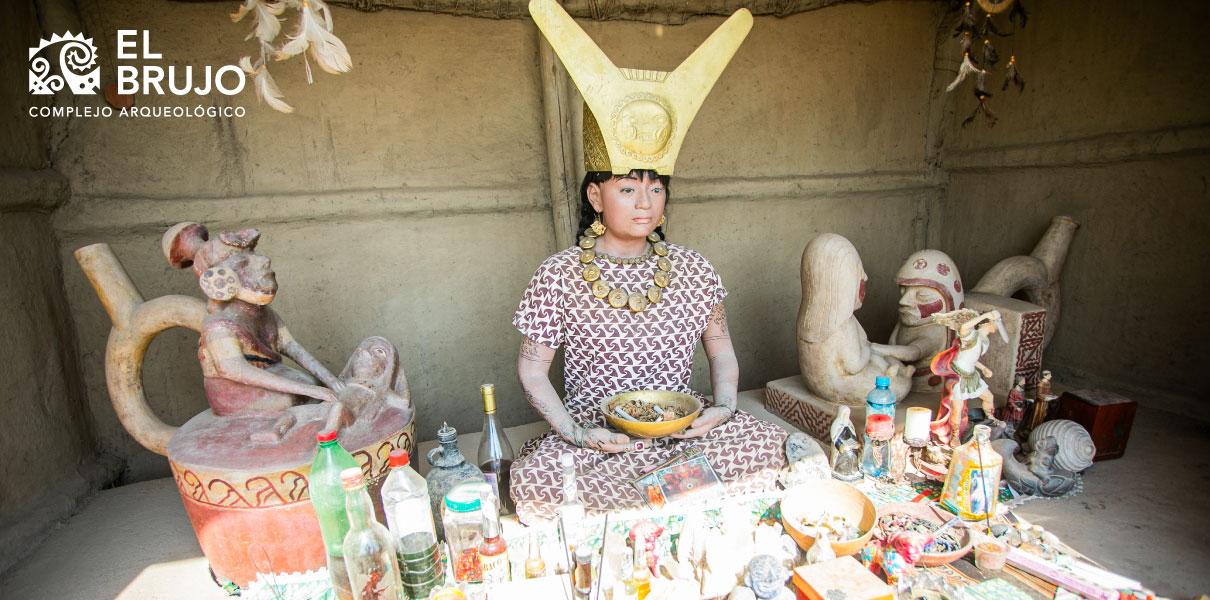
The funerary bundle of the Lady of Cao is one of the most important discoveries of the El Brujo archaeological complex. The funerary bundles were textile structures used in pre-Hispanic cultures to wrap and preserve the deceased, often along with offerings and clothing decorated with symbolic elements.
According to the book "Lambayeque Funerary Bundles at El Brujo", the clothing inside the funerary bundles of the twelfth century reflected not only the social status of the individual, but also aspects of his/her identity and role in society.
Relationship with other garments and their funerary use in El Brujo
The studies carried out on the funerary bundles found in the archaeological complex of El Brujo have identified the use of various textile garments, including unkus (male tunics) and anacos (female tunics), which were part of the funerary attire. The quantity and quality of these textiles could indicate social hierarchies within Andean cultures.
In some funerary bundles, the presence of multiple garments has been identified, suggesting that the amount of textiles accompanying the deceased could be linked to their social status and role within the community.
The anaco: a key piece in Andean history
The anacos found in the funerary context of the Lady of Cao constitute key pieces for the study of Mochica textiles. Their crafting with the technique of floating wefts and warps evidences a high level of technical and artistic development, and their analysis reveals valuable information about the symbolism associated with these garments in ancient Peru.
In conclusion, the anaco was a female garment that was part of the funerary trousseau of elite characters such as the Lady of Cao. This textile allows us to better understand the social hierarchy and worldview of the Mochica.
Students , outstanding news


